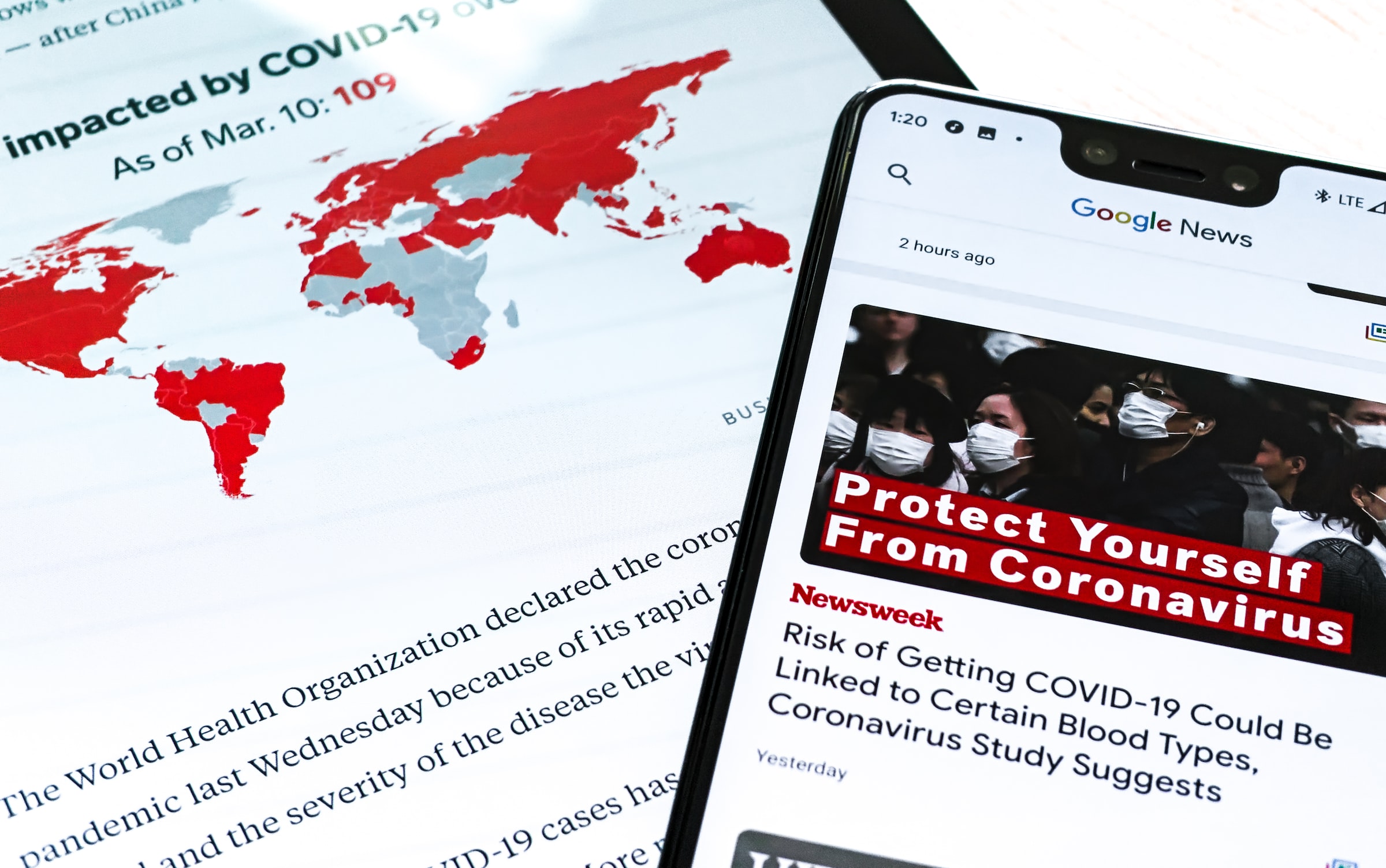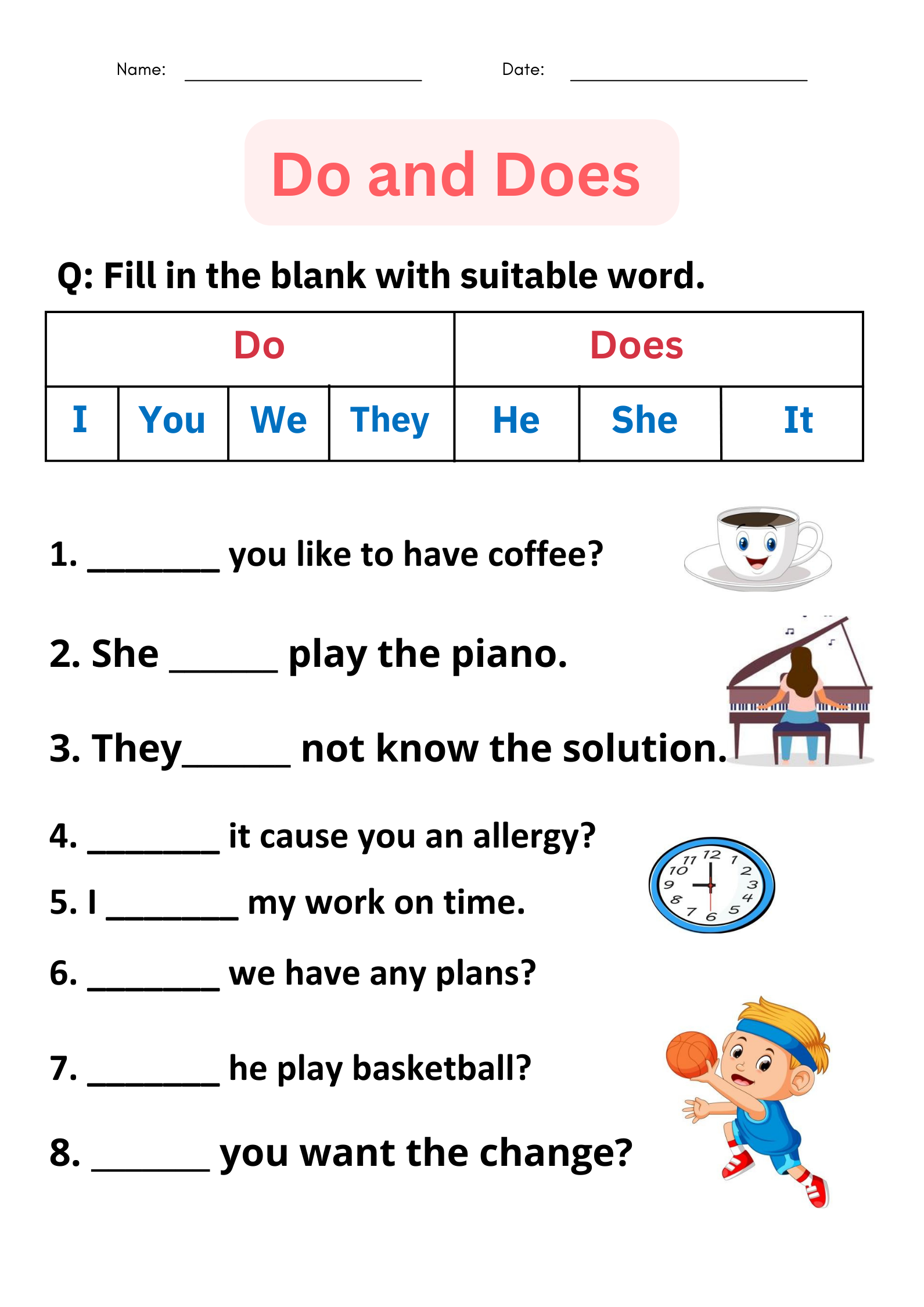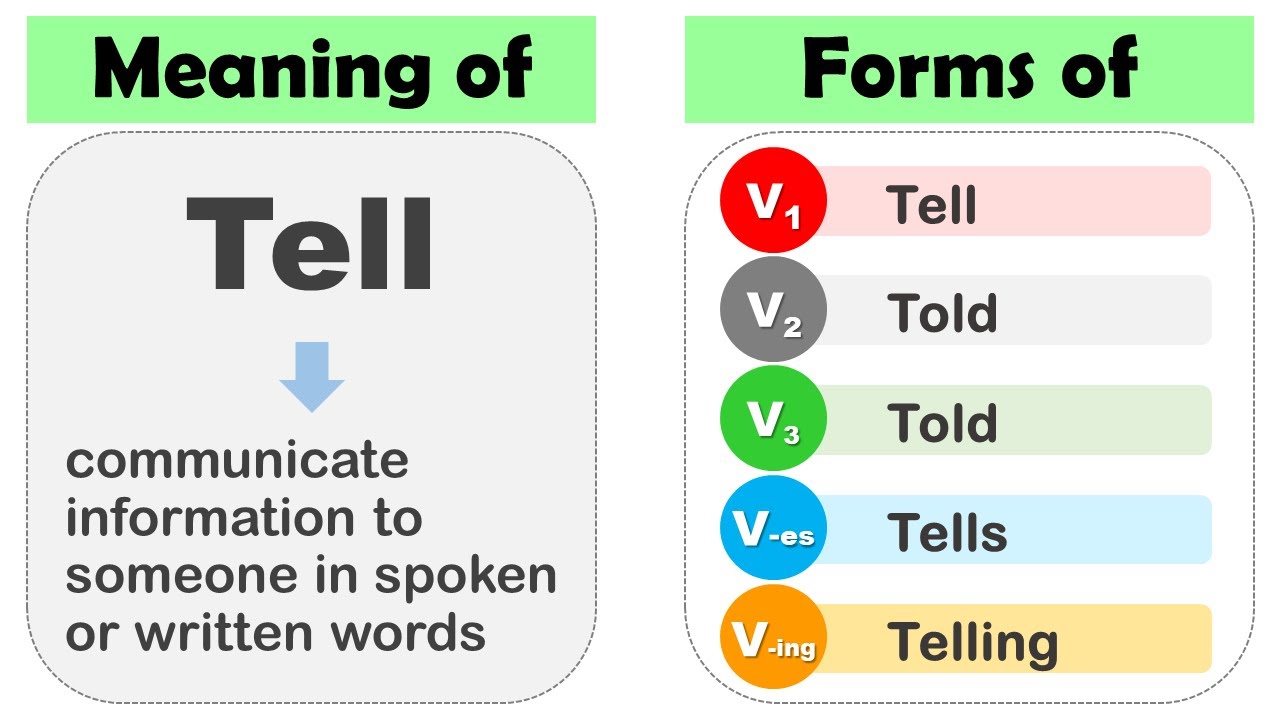Identifying Reliable News Sources: A Complete Guide to Media Literacy
Understand media literacy in the information age
In a world overflow with information from countless sources, determine which news reports are reliable has become an essential skill. Media literacy — the ability to access, analyze, evaluate, and create media in various forms — serve as the foundation for identify trustworthy news sources.
Reliable news sources share several key characteristics that distinguish them from less credible alternatives. These include editorial standards, transparency, accuracy, and a commitment to ethical reporting practices. By recognize these traits, readers can intimately navigate the complex media landscape.

Source: earnspendlive.com
Key indicators of reliable news sources
Editorial standards and oversight
Reliable news organizations maintain rigorous editorial processes. They employ fact-checkers, editors, and follow establish journalistic standards. These organizations typically have:
- Clear correction policies when errors occur
- Editorial boards that oversee content quality
- Separation between news reporting and opinion content
- Internal review processes before publication
News outlets with strong editorial oversight typically produce more accurate reporting because multiple professionals review content before it reach the public. This system of checks and balances help eliminate errors and biases that might differently slip done.
Transparency about sources and methods
Credible news sources are transparent about their reporting methods. They distinctly identify:
- Where information come from
- Who was interview or consult
- How data was collect and analyze
- Any limitations in their reporting
When a news report cite” anonymous sources, ” eliable outlets explain why anonymity was grant and typically require multiple sources to confirm information before publish. They besides disclose potential conflicts of interest that might affect their reporting.
Reputation and track record
A news organization’s history and reputation provide significant clues about reliability. Establish outlets with long track records have typically earned their standing through consistent, accurate reporting over time.
Consider these factors when evaluate a source’s reputation:
- Length of time in operation
- Industry recognition and awards
- How they have handle mistakes in the past
- Whether other reputable sources cite them
While newer sources aren’t mechanically unreliable, those with established histories have demonstrated their commitment to journalistic standards over time.
Content analysis: examine the news itself
Fact base vs. Opinion base content
Reliable news reports distinctly distinguish between factual reporting and opinion content. When evaluate a news story, look for:
- Clear labeling of opinion pieces, editorials, or analysis
- Factual statements support by evidence
- Multiple perspectives on complex issues
- Absence of emotionally charge language in straight news reporting
Quality news reporting present verifiable facts and make a clear distinction when offer analysis or interpretation of those facts. Opinion content should be explicitly labeled as such.
Source and attribution
Credible news reports cite specific sources for their information. These may include:
- Name experts with relevant credentials
- Official documents or records
- Direct quotes from involved parties
- Data from reputable research organizations
Be wary of reports that rely intemperately on vague attributions like” some people say ” r “” perts believe ” ” hout specify who these sources are. Reliable reporting names sources whenever possible and explain why anonymity is grant when it isn’t.
Balance and context
Trustworthy news provide necessary context and present multiple perspectives on complex issues. This doesn’t mean give equal weight to all viewpoints disregarding of evidence, but quite ensure that reporting is fair and comprehensive.
Look for news that:
- Places events in their proper historical or social context
- Acknowledge complexity quite than oversimplify
- Include diverse perspectives from relevant stakeholders
- Avoid false equivalence between fringe views and mainstream expertise
Context help readers understand not precisely what happen, but why it matters and how itconnectst to broader issues.
Red flags: warning signs of unreliable sources
Sensationalism and emotional manipulation
News reports design principally to provoke emotional reactions frequently sacrifice accuracy for impact. Be cautious of content that:
- Use dramatic, emotionally charge headlines that overstate content
- Rely intemperately on inflammatory language
- Emphasize outrage over information
- Feature excessive use of all caps, exclamation points, or loaded terms
While legitimate news can sure cover emotional topics, reliable sources present information in measured tones that prioritize accuracy over sensation.
Lack of author information
Anonymous or unattributed content deserve extra scrutiny. Reliable news sources typically:
- Identify authors by name
- Provide author credentials or biographical information
- Make it possible to view an author’s previous work
- Clear distinguish between staff reporters and contributors
When articles lack bylines or author information, it becomes difficult to assess the writer’s expertise or potential biases.
Absence of dates or updates
Reliable news sources date their content and indicate when articles have been update or correct. Be skeptical of reports that:
- Lack publication dates
- Present old information as current news
- Fail to note when significant updates have been make
- Don’t acknowledge corrections to erroneous information
Timing matters in news reporting, and transparent dating help readers place information in its proper context.
Types of news sources and their reliability
Traditional media organizations
Establish newspapers, broadcast networks, and their digital platforms typically maintain professional standards and editorial oversight. These organizations broadly:
- Employ professional journalists with training in reporting standards
- Maintain separate news and opinion divisions
- Have established correction policies
- Invest in original reporting and fact check
While no source is perfect, major news organizations with establish reputations typically maintain higher standards for accuracy and accountability than less establish alternatives.
Wire services and news agencies
News agencies like associated press, Reuters, and Agence France-Presse specialize in factual reporting distribute to other media outlets. These services broadly:
- Focus on straightforward, fact base reporting
- Maintain strict standards for verification
- Serve clients across the political spectrum
- Prioritize speed while maintain accuracy
Wire service report typically form the backbone of break news coverage and oftentimes represent the about neutral presentation of events.

Source: mitchellsny.com
Digital native news organizations
Online only news outlets vary wide in reliability. The virtually credible digital news sources:
- Maintain transparent funding and ownership models
- Employ professional journalists
- Publish clear editorial standards
- Separate news from opinion content
Many digital native organizations produce excellent journalism, but the barrier to entry is lower than traditional media, require readers to evaluate each source cautiously.
Specialist and trade publications
Publications focus on specific industries or topics frequently provide the near detailed and accurate reporting in their areas of expertise. These sources typically:
- Employ writers with subject expertise
- Focus on accuracy for specialized audiences
- Cover topics in greater depth than general news outlets
- Maintain relationships with expert sources in their fields
For specialized topics, industry publications oftentimes provide more reliable information than general news sources due to their focused expertise.
Practical tools for assess news reliability
Fact check organizations
Independent fact check organizations evaluate claims make by public figures and in news reports. These resources include:
- Factcheck.org
- Political
- Slopes
- Full fact
While fact-checkers themselves should be evaluated for methodology and potential biases, they frequently provide valuable analysis of controversial or viral claims.
Media bias charts and ratings
Several organizations attempt to map news sources accord to political bias and reliability. These tools can provide a starting point for evaluation:
- Ad fonts media’s media bias chart
- All sides media bias ratings
- Media bias / fact check
Remember that these ratings themselves reflect certain methodologies and perspectives, so they should be used as one tool among many preferably than definitive judgments.
Cross-referencing multiple sources
One of the virtually effective strategies for assess news reliability is compared how different outlets report the same story. When multiple independent sources report similar facts, reliability increases.
Consider:
- Whether key facts remain consistent across sources
- If different types of outlets (print, broadcast, digital )report similar information
- Whether international sources corroborate domestic reporting
- If compete outlets with different perspectives agree on basic facts
Significant discrepancies between reports should prompt further investigation before accept claims as reliable.
Build media literacy skills
Critical thinking approaches
Develop a systematic approach to evaluate news helps identify reliable sources. Try to ask these questions:
- Who creates this conten, andd what’s their expertise?
- What evidence support the claims being make?
- Why’s this story being published today?
- How does this information compare with other reporting on the same topic?
Approach news with healthy skepticism doesn’t mean assume everything is false — quite, it means require appropriate evidence before accept claims as true.
Understand your own biases
Personal biases affect how we evaluate information. Research show people tend to:
- Accept information that confirm exist beliefs more promptly
- Scrutinize contradictory information more critically
- Remember details that align with their worldview
- Interpret ambiguous information in ways that support their perspectives
Recognize these tendencies can help readers approach news more objectively and seek out diverse, reliable sources evening when the information challenges their views.
Teach media literacy
Foster media literacy skills in educational settings and communities help create a more informed public. Effective approaches include:
- Incorporate news evaluation into educational curricula
- Teach the history and business models of media organizations
- Practice source evaluation with real world examples
- Discuss how media shape public perception and debate
Media literacy education benefits from ongoing practice kinda than one time instruction, as the media landscape continue to evolve.
The future of news reliability
Artificial intelligence and automated content
Ai generate content present new challenges for identify reliable news. As these technologies advance, readers should consider:
- Whether content disclose AI involvement in its creation
- If human editors review AI generate material
- How sources verify information when use automated systems
- The potential for AI to amplify misinformation at scale
While AI can enhance certain aspects of reporting, human judgment remain essential for ensure accuracy and context.
Collaborative fact checking initiatives
New models for verify information are emerged, include:
- Collaborative fact check across news organizations
- Crowdsourced verification platforms
- Partnerships between media outlets and academic institutions
- Technology solutions for track claims and corrections
These initiatives aim to combine the strengths of different approaches to information verification while maintain independence and rigor.
Media literacy as a public health issue
Progressively, the ability to identify reliable information is view as a public health concern, peculiarly regard:
- Health misinformation during disease outbreaks
- Scientific reporting on complex topics
- Information that affect public safety decisions
- Content that influence democratic processes
This perspective emphasize that media literacy isn’t only an individual skill but a collective necessity for function societies.
Conclusion: become an informed news consumer
Identify reliable news sources require ongoing effort and critical thinking. By evaluate editorial standards, examine content quality, check sources, and consider context, readers can importantly improve their ability to find trustworthy information.
The virtually reliable approach combine multiple strategies: consulting establish sources with strong track records, verify information across different outlets, use fact check resources, and develop personal media literacy skills.
In today’s complex information environment, no single source is infallible. The virtually informed news consumers recognize that reliability exist on a spectrum and adjust their level of confidence consequently, remain open to new evidence while maintain healthy skepticism.
MORE FROM dealdetectivepro.com












